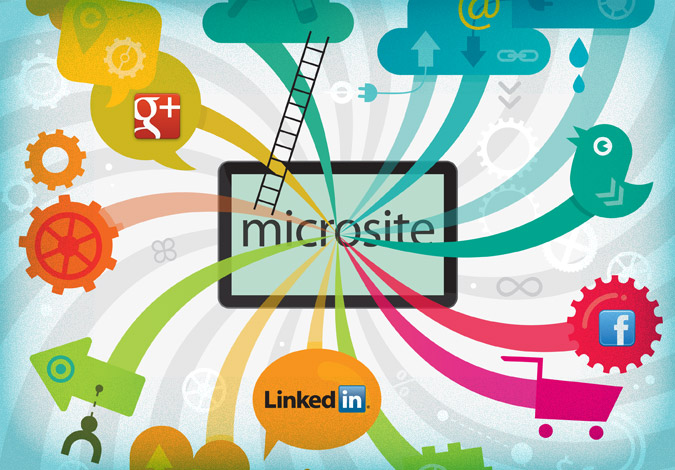
How Do I Measure the ROI of a Website Redesign?
I was having a conversation with a potential client the other day who posed the question, “How do I measure the ROI of a website redesign?” Now, if you think that’s a tough one, consider her follow-up question: “How do I justify the cost-effectiveness of that redesign to my superiors who pay the bills?”
Obviously, those answers are going to be highly individual for your company, situation, and goals. Because my prospect’s website is B2B in a fairly pricey field (offering professional services), it is much more of a soft sell than buying products–prospects aren’t clicking on a one-click-buy link as if they’re on Amazon.
What follows is my basic ROI bullet point list that I shared with her, but measuring return on investment really starts with one thing: Establishing expectations on results and budget. Ahead of making the investment and targeting the brand’s market with the right message, you need to determine what it is that you want to get out of the site. You can’t figure out what the “R” is in ROI unless you know what the measurement is.
- Hard numbers. Realistically, a website that is focused on selling widgets to consumers is going to have an easier time measuring ROI with sales numbers than a site selling services. But don’t use that as an excuse: Use a baseline of your sales now, and what you want them to be. If you’re capturing leads, measure them against the ones you’ve been paying for, including conversion rates.
- SEO results. The old days of “clicks” are long gone. Even the simplest Google Analytics measurements can tell you about the behaviors of people who arrive at your site, where they go, and what they do. (For more, check out this Adobe whitepaper titled “Convince Your Boss To Invest in Optimization.”)
- Social media interaction. Facebook likes and shares, Twitter retweets, and Google+ and LinkedIn comments don’t come with an exact dollar conversion. But did you realize that a social intelligence company called Synacapse has valued each Facebook fan that a brand page receives at $174.17? (Maybe that’s optimistic, but you get the point.)
- Client and prospect feedback and networking. This is more important than meets the eye—maybe the most important ROI of all when it comes to a business-to-business sales process. As I discussed in a post, the positive feedback and visibility from a well-executed website offers myriad dividends that you might not be able to put on a spreadsheet. When you’ve responded to an RFP and the prospect kicks the tires on your website, what do they see? If it’s a $10,000 or $100,000 or $1 million potential project, what’s the ROI on that experience?
Now, back to my prospect’s second question: How do you justify the cost to your superiors? Just as I was about to post this, I came across an article that may assist you in conveying the calculation to the Type As in your organization: “Website ROI: The Return on Investment for a Website Redesign.” Of course, in the vast majority of B2B websites with expensive products or services, the website isn’t going to be doing the selling; your salespeople are. But an excellent website—one with an engaging and interactive online experience, optimized for SEO, social media connections, and all the rest—is going to serve as a sales funnel to generate and capture leads. A lousy website will turn people off in an instant, and you’ve likely lost their trust (and business) forever. You don’t have to spend a ton of money; you just have to spend it with the right strategic mindset.
What’s your biggest challenge when it comes to measuring the ROI of a website? How are you addressing the issue, or how have you overcome it?

























